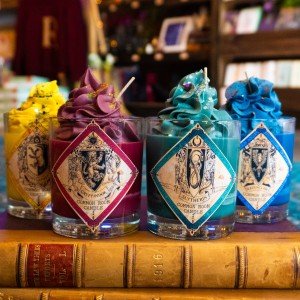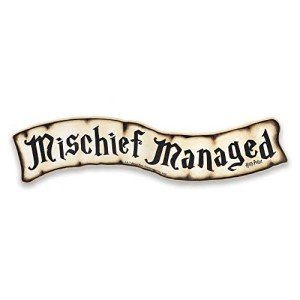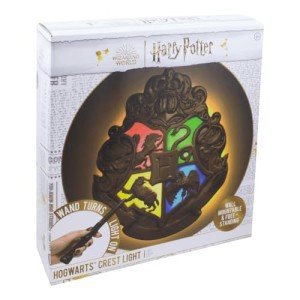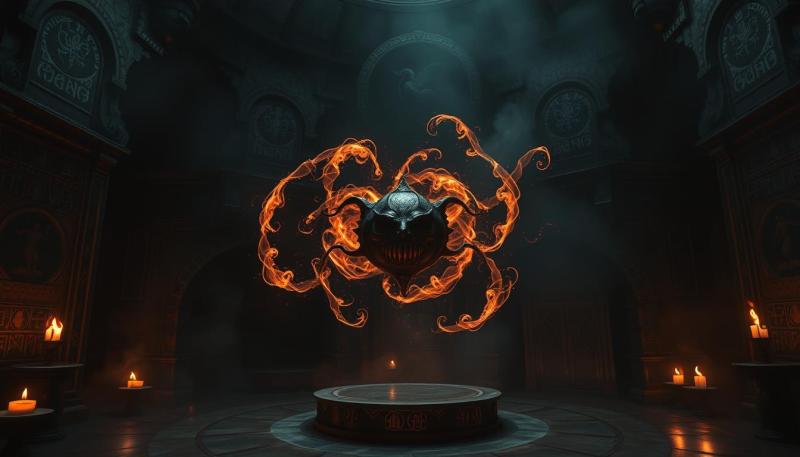The magical world of Harry Potter has captivated readers for years. At the heart of this enchanting universe lies Hogwarts School of Witchcraft and Wizardry. The school is divided into four distinct houses: Gryffindor, Hufflepuff, Ravenclaw, and Slytherin, each with its own unique traits and values.
When you first enter Hogwarts, you'll face the Sorting Hat, which decides which house you belong to based on your personality and abilities. Gryffindor values bravery and chivalry, while Hufflepuff prizes loyalty and hard work. Ravenclaw cherishes wisdom and creativity, and Slytherin admires ambition and cunning.
These houses shape your Hogwarts experience and often reflect your character. They've become so popular that fans often sort themselves and their friends into houses, even outside the books. The traits of each house have taken on meaning beyond the wizarding world, influencing how people see themselves and others.
Key Takeaways
- The four Hogwarts houses each represent different values and traits
- Your house at Hogwarts is chosen by the Sorting Hat based on your personality
- The concept of Hogwarts houses has become popular beyond the books, influencing real-world interactions
The Four Houses of Hogwarts
Hogwarts School of Witchcraft and Wizardry sorts students into four distinct houses. Each house has unique traits, colors, and symbols that reflect its values and founder's ideals.
Gryffindor: Home of the Brave
Gryffindor values bravery, chivalry, and courage. Its colors are scarlet and gold, with a lion as its mascot. The house was founded by Godric Gryffindor and is led by the ghost Nearly Headless Nick.
Gryffindor's common room is in Gryffindor Tower. Famous members include Harry Potter and Albus Dumbledore.
During the Sorting Ceremony, the Sorting Hat looks for students who show:
- Daring
- Nerve
- Chivalry
Gryffindors often take risks and stand up for what's right. They're known for their bold actions and willingness to face challenges head-on.
Hufflepuff: The Loyal and Fair
Hufflepuff prizes loyalty, hard work, and fairness. Its colors are yellow and black, with a badger as its symbol. Helga Hufflepuff founded this house, which is known for its inclusive nature.
The Hufflepuff common room is near the kitchens. Notable Hufflepuffs include Cedric Diggory and Nymphadora Tonks.
Hufflepuff traits include:
- Patience
- Kindness
- Dedication
Hufflepuffs are often underestimated but are fiercely loyal friends. They value justice and treat others with respect.
House Candles
Light up your space with the magic of your favorite Hogwarts house
Product information
$18.73
Product Review Score
4.72 out of 5 stars
61 reviewsProduct links
Ravenclaw: Wisdom and Wit
Ravenclaw cherishes intelligence, wisdom, and creativity. Blue and bronze are its colors, with an eagle as its emblem. Rowena Ravenclaw founded this house for those who value learning.
Ravenclaw Tower houses the common room. Luna Lovegood and Filius Flitwick are well-known Ravenclaws.
The Sorting Hat looks for:
- Quick wit
- Love of learning
- Creative thinking
Ravenclaws enjoy solving puzzles and approaching problems from unique angles. They're often found in the library, expanding their knowledge.
Slytherin: Ambition and Cunning
Slytherin values cunning, ambition, and resourcefulness. Its colors are green and silver, with a serpent as its mascot. Salazar Slytherin founded this house, which is often misunderstood.
The Slytherin common room is in the dungeons. Famous Slytherins include Draco Malfoy and Severus Snape.
Slytherin traits include:
- Leadership
- Determination
- Cleverness
While some associate Slytherin with dark wizards, many great leaders come from this house. They're skilled at achieving their goals and thinking strategically.

Cultural Impact and Legacy
The four Hogwarts houses have left a lasting mark on popular culture. You can see their influence far beyond the wizarding world created by J.K. Rowling.
Many fans identify strongly with a particular house. This sense of belonging and community has sparked real-world events and groups inspired by the houses.
The traits linked to each house have become shorthand for describing personalities:
- Gryffindor: Brave and daring
- Ravenclaw: Intelligent and creative
- Hufflepuff: Loyal and hardworking
- Slytherin: Ambitious and cunning
You'll often see people sorting themselves or others into houses based on these traits. This has led to countless online quizzes and discussions.
The rivalry between houses, especially Gryffindor and Slytherin, has become a cultural touchstone. It represents the classic struggle between good and evil.
House colors and symbols are now instantly recognizable. You'll spot them on merchandise, in costumes, and as themes for events.
The houses have also sparked debates about personality types and values. This has led to deeper discussions about human nature and societal roles.
Despite controversies surrounding the author, the houses continue to resonate with fans. They offer a framework for self-discovery and group identity that extends far beyond the books.








